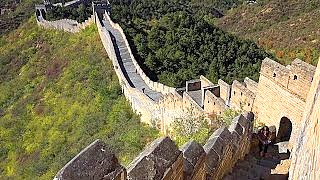Bookmark this page when arrive.
All geopolitics videos will, from now, appear on the new page (and no longer on the home page; but never say never).
Automatically updated. BB will not preview or select these videos; but we have trust in the channels we have chosen to include. More channels will be added later to provide a range of opinions (though only rational voices; no MSM).
The new Geopolitics home page. Click here and bookmark.
So the Planning War On China series has ended. BUT, the voices continue to be here - in their very own page; and EVERY new video will appear there. This is a win-win : BB can concentrate even more on bringing you the very best China travel and Chinese culture films.
More content coming soon ...
Probable additional channels include : Daniel Dumbrill, NuMuves, Geopolitics In Conflict, The GrayZone, Democracy Now, Cyrus, and more ...
Approaching 20 years, BB wishes to say a BIG thank you to all our visitors.
 New Geopolitics page launched
New Geopolitics page launched



























